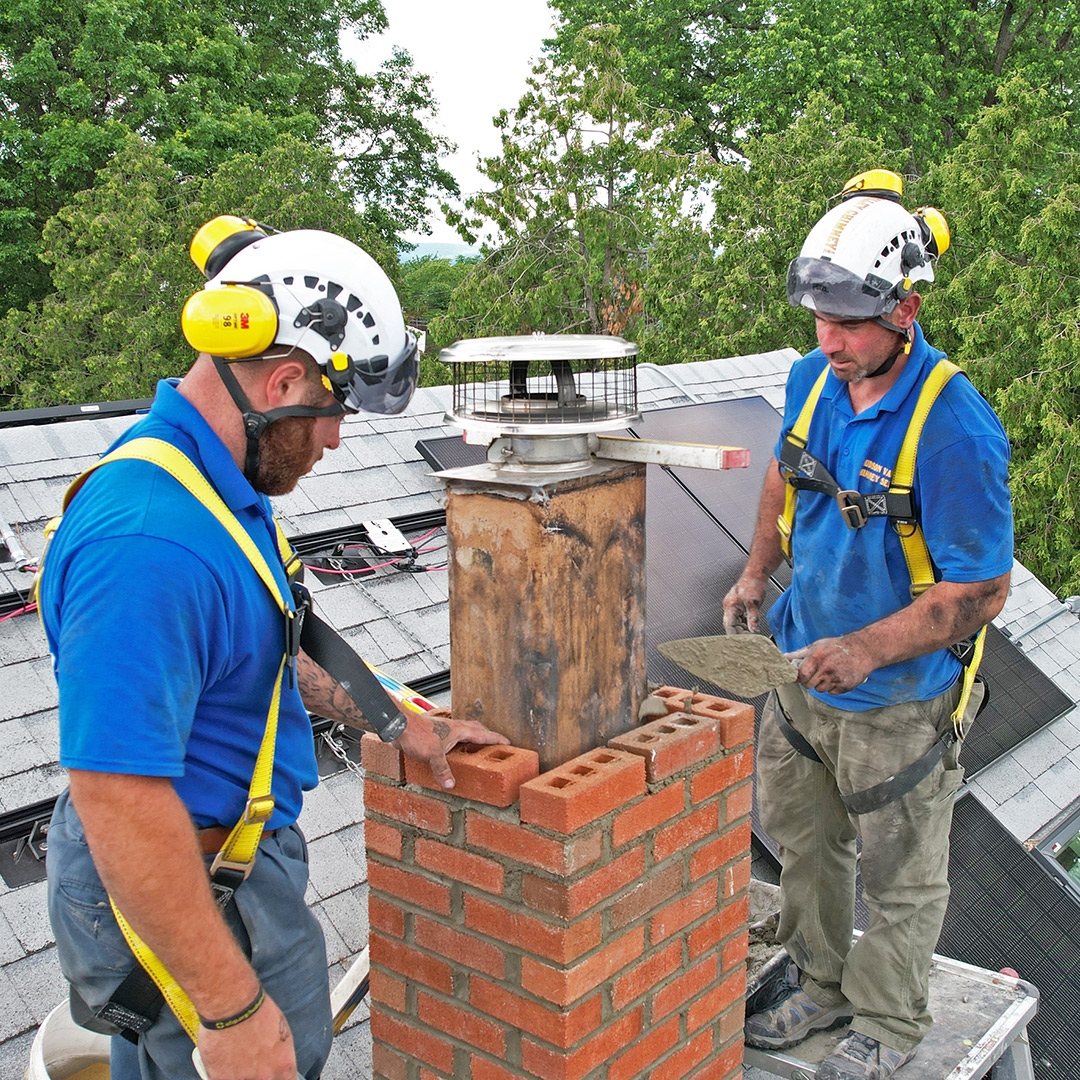Specialist Step Repair Services: Make Sure Safety And Security and Resilience
Specialist Step Repair Services: Make Sure Safety And Security and Resilience
Blog Article
Unlocking the Secrets of Sustainable Masonry Construction Practices for Eco-Friendly Structures
Among the myriad strategies to environmentally friendly structure, lasting masonry building stands out as a reliable and durable approach that holds a riches of untapped capacity. From the choice of products to innovative building and construction methods, the tricks to accomplishing sustainability within masonry building are diverse and appealing.
Advantages of Sustainable Masonry Building
Embracing lasting masonry building methods not just decreases ecological effect yet also provides long-lasting financial advantages to builders and areas. By utilizing materials like recycled blocks, obstructs, and stones, builders can significantly reduce the carbon footprint of their jobs while promoting resource performance. In addition, lasting masonry building techniques, such as appropriate insulation and thermal mass homes, can boost power efficiency within structures, causing decreased operational expenses in time.
Furthermore, the toughness and durability of stonework structures add to long-term economic benefits. Structures constructed utilizing sustainable masonry practices frequently require much less repair and maintenance, translating to cost financial savings for contractors and residential or commercial property proprietors. The longevity of masonry products additionally guarantees that structures stay secure and secure, decreasing the need for regular renovations or replacements.
Eco-Friendly Stonework Materials
Making use of green stonework products is a crucial step towards enhancing the sustainability of building methods and decreasing ecological influence while taking full advantage of long-lasting economic advantages. Sustainable masonry materials are sourced, created, and made use of in a fashion that decreases overall environmental effect. Lasting concrete blocks include recycled aggregates and may feature improved insulation homes, contributing to power efficiency in structures.
Additionally, natural materials like adobe, rammed earth, and straw bundles give outstanding thermal mass properties, lowering the need for home heating and cooling power. These materials are often locally readily available, advertising local economic climates and decreasing transportation-related carbon exhausts. By selecting eco-friendly masonry products, construction tasks can considerably decrease their environmental footprint and add to the creation of much healthier, more sustainable developed settings.
Energy-Efficient Stonework Strategies
Energy effectiveness plays a vital duty in enhancing the sustainability of stonework construction methods. By implementing energy-efficient masonry strategies, building contractors can considerably decrease the general power usage of a structure, leading to reduced operational costs and a smaller ecological impact. One key energy-efficient stonework method is using thermal mass, which involves including thick materials like concrete or brick into the building's structure to soak up and store heat. This helps manage indoor temperature levels, lowering the demand for mechanical home heating and cooling down systems.

Developments in Lasting Masonry
Recent improvements in sustainable stonework methods have actually brought around innovative methods that are improving the building and construction market. One such advancement is the advancement of self-healing concrete, which utilizes germs installed within the concrete to heal splits autonomously. This advancement not just lowers maintenance expenses yet likewise boosts the durability of stonework structures, adding to their sustainability.
Another significant advancement is using recycled accumulations in masonry building and construction - masonry contractor. By including products such as crushed ceramic waste or recycled glass right into concrete blends, home builders can reduce the ecological influence of building jobs while keeping architectural integrity. This technique not only diverts waste from land fills but also saves natural resources, making it an essential development in sustainable stonework building
In addition, the assimilation of electronic design tools, such as Building Info Modeling (BIM), is revolutionizing the method stonework frameworks are intended and built. BIM allows for more exact computations, lowered product wastefulness, and enhanced energy performance, eventually bring about even more sustainable building practices. These developments collectively signify a promising future for lasting stonework construction in the era of environment-friendly buildings.
Future Trends in Masonry Sustainability
With the innovative strides made in lasting masonry practices, the future trends in stonework sustainability are positioned to more revolutionize the construction sector. Among the crucial fads shaping the future of masonry sustainability is the enhanced assimilation of modern technology. Improvements such as Structure Information Modeling (BIM) and digital truth simulations are being used to maximize stonework construction procedures, concrete jacking resulting in lowered material waste and enhanced energy effectiveness in buildings.
Additionally, the growth of novel sustainable products is set to play a significant duty in improving the eco-friendliness of stonework building and construction. masonry contractor. Developments like self-healing concrete, recycled accumulations, and bio-based binders are obtaining grip for their capacity to minimize environmental effect while preserving structural integrity

Conclusion
In final thought, sustainable masonry building practices chiseled slate concrete stamp provide numerous benefits for eco-friendly structures. masonry contractor. Developments in sustainable stonework are continuously being created to additionally boost the ecological efficiency of buildings.
Report this page